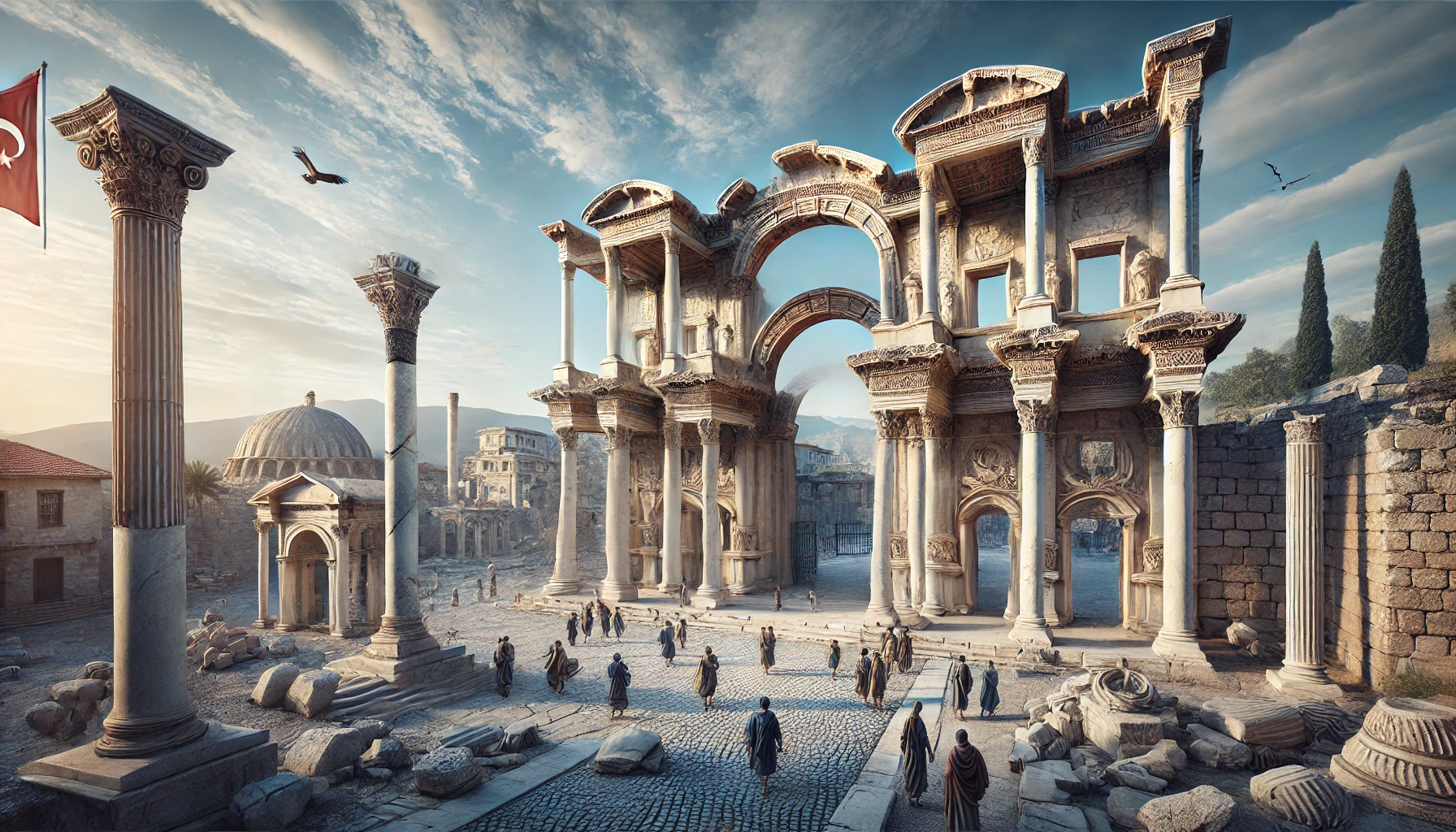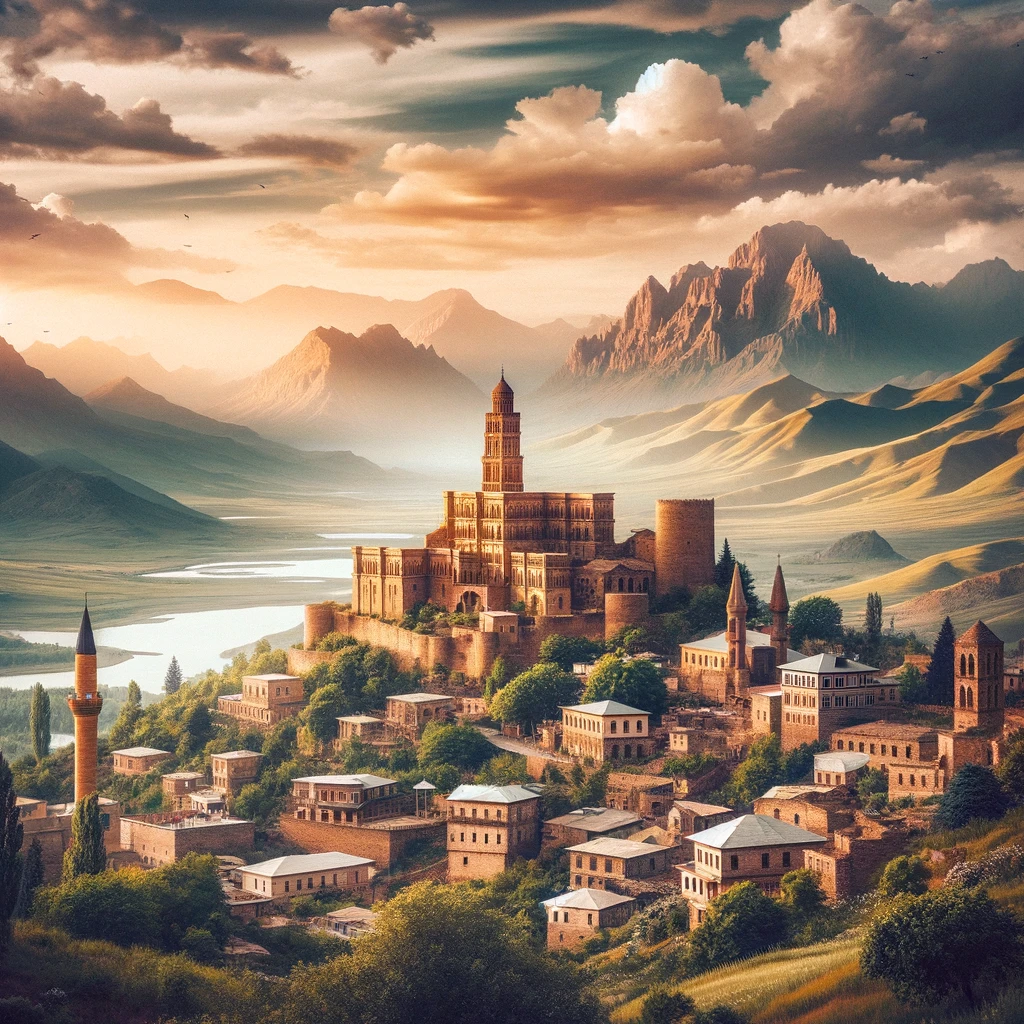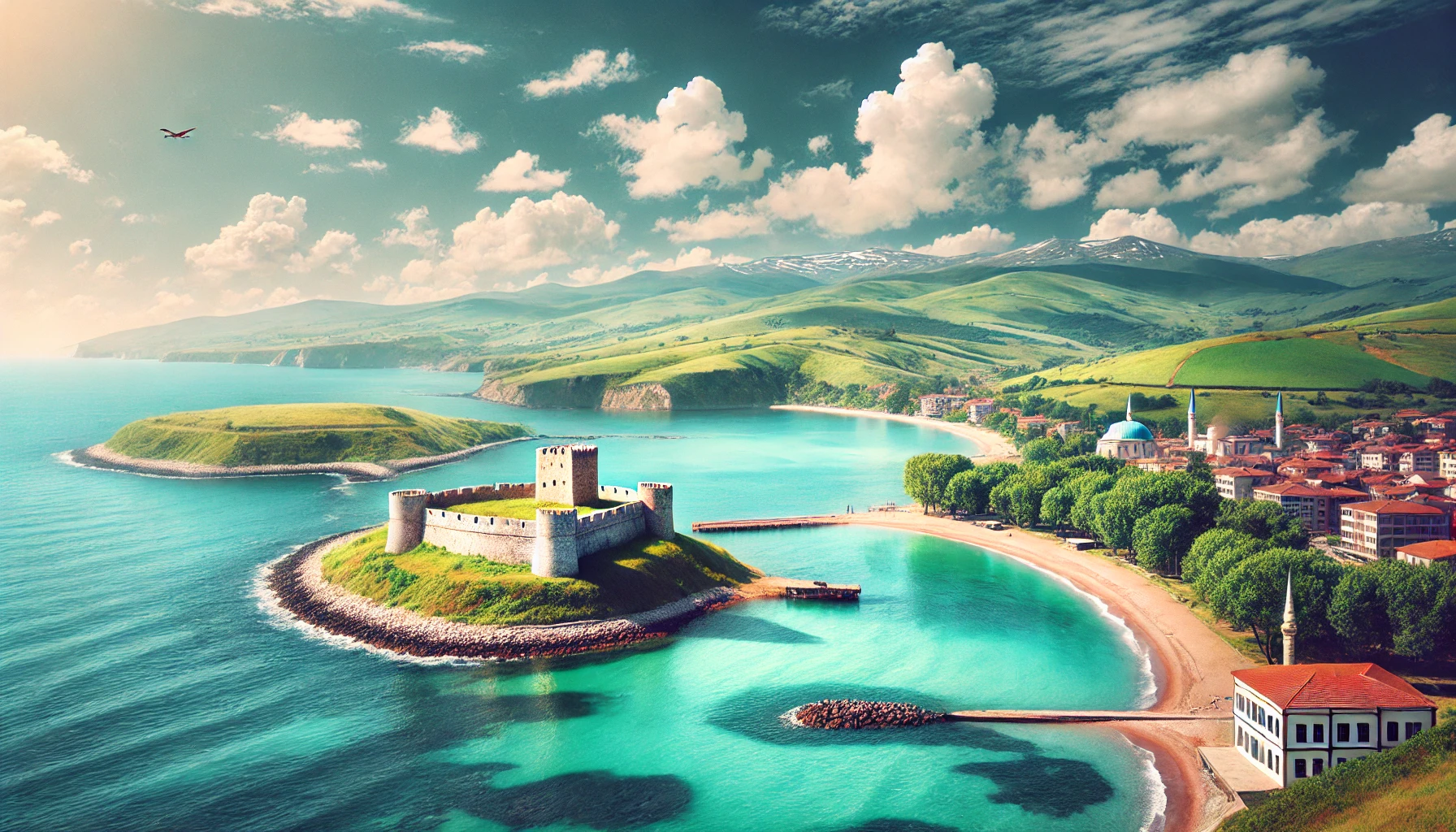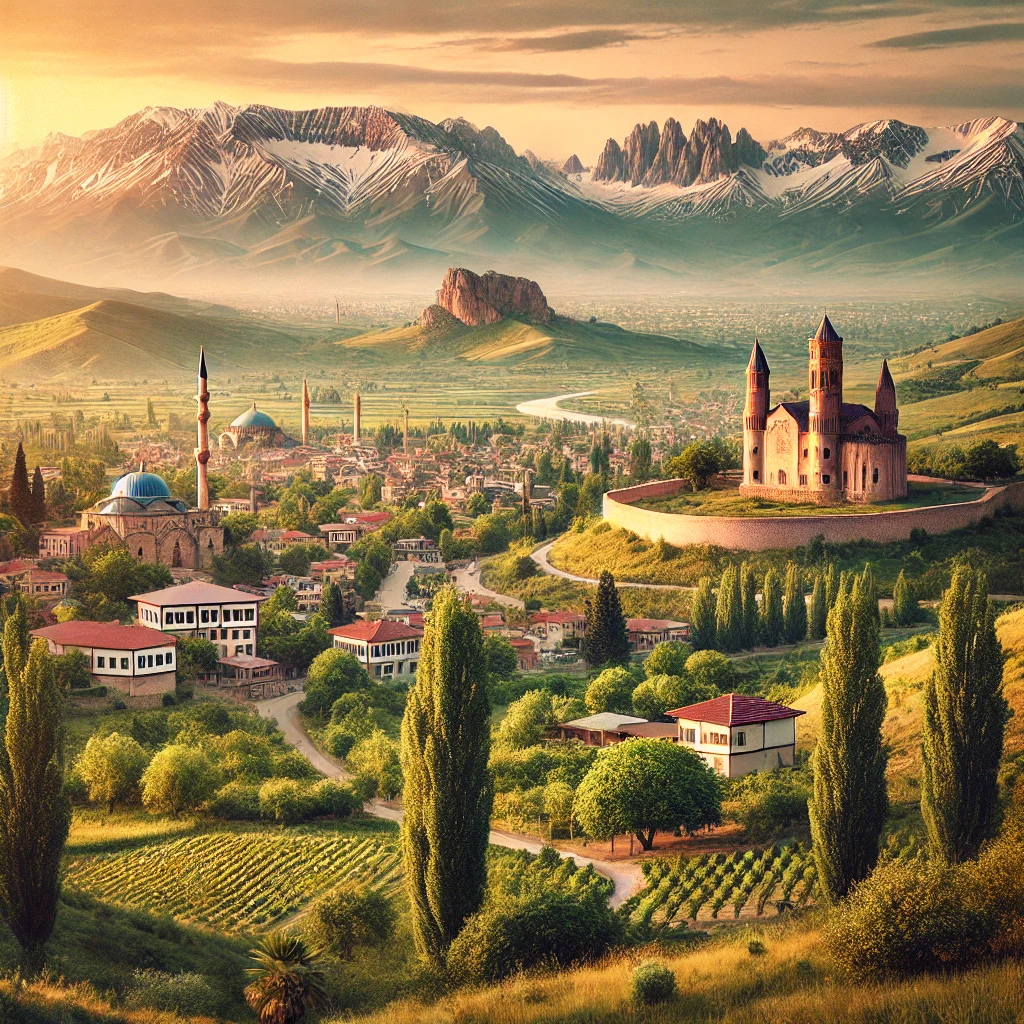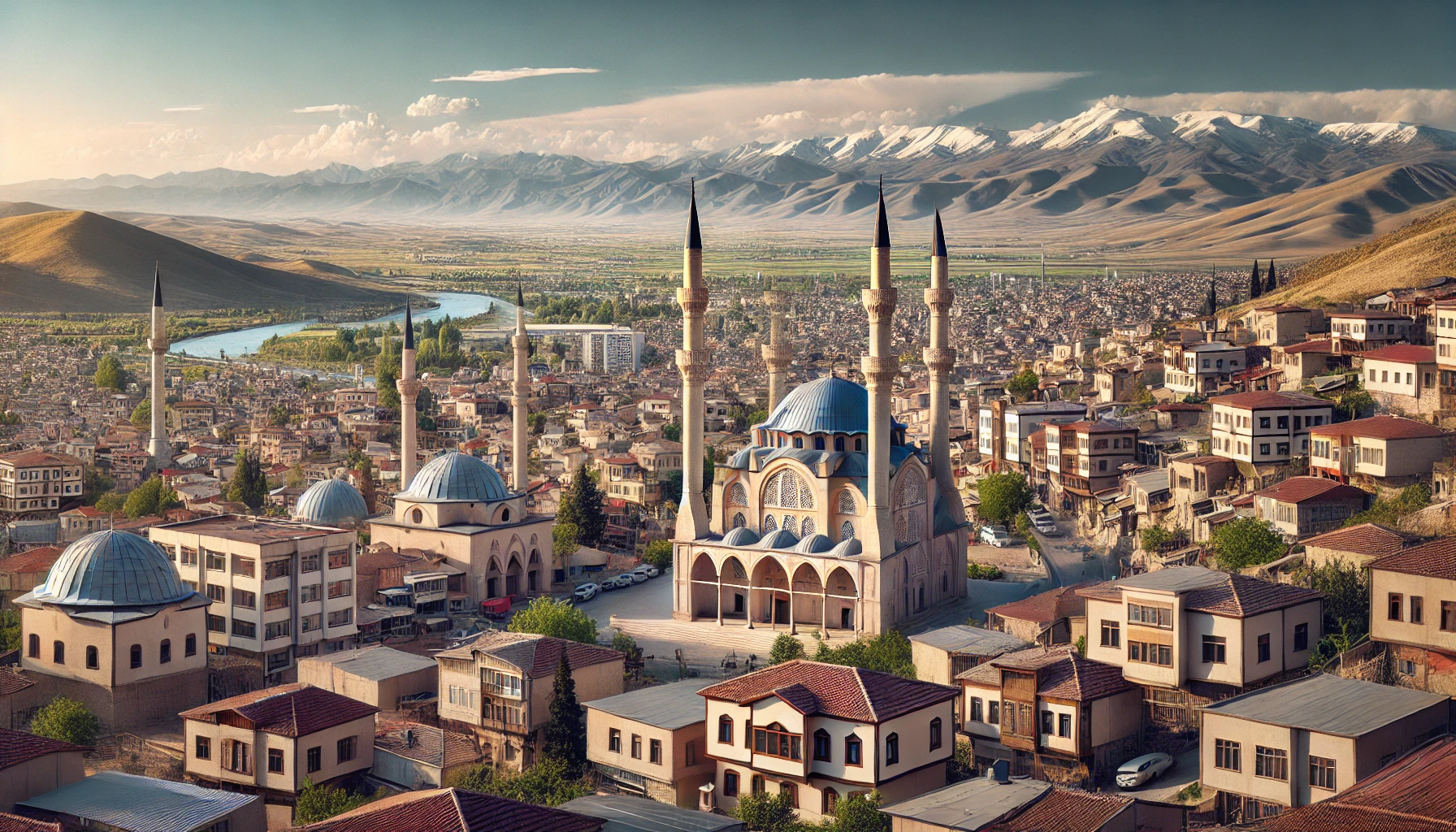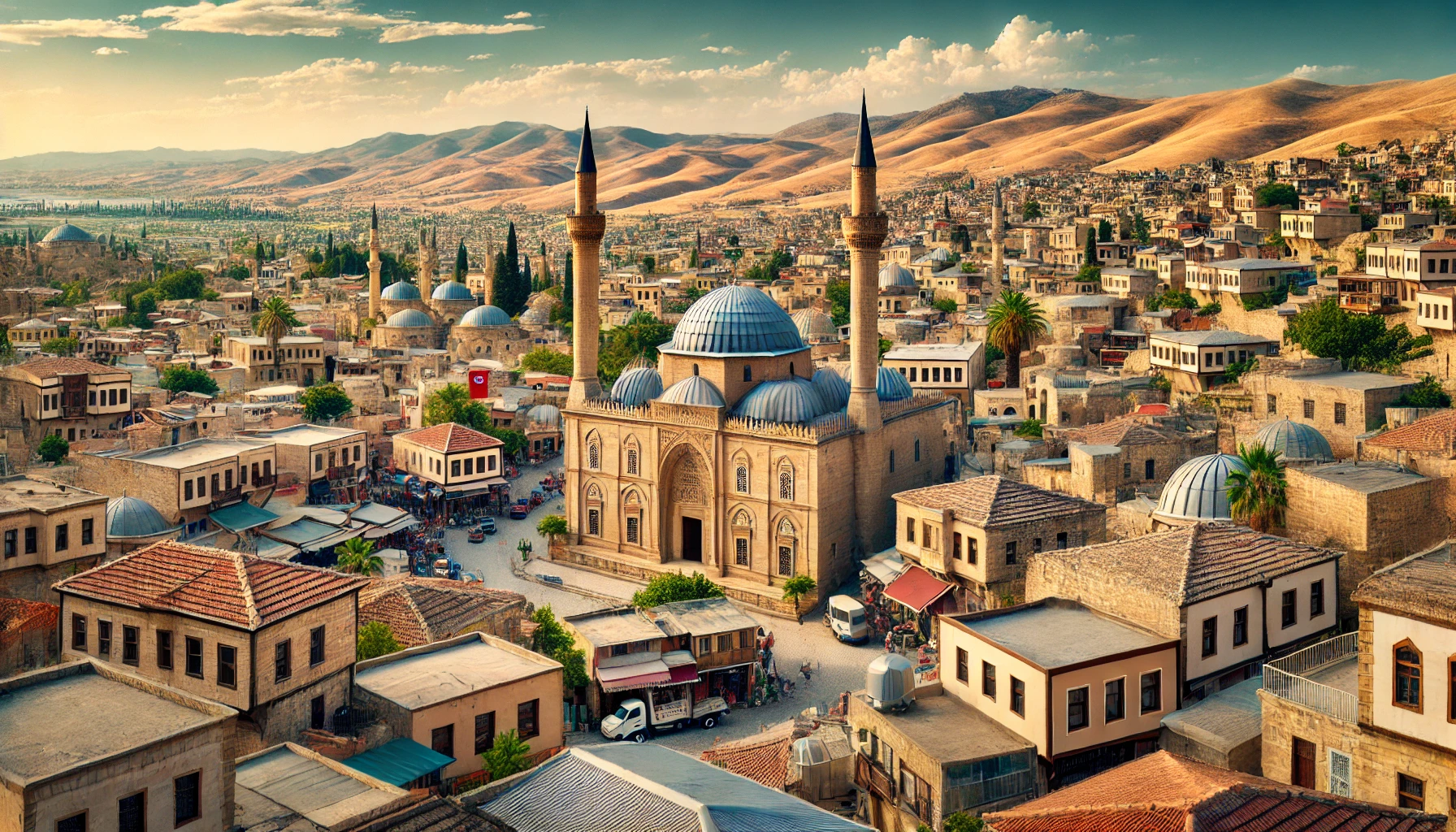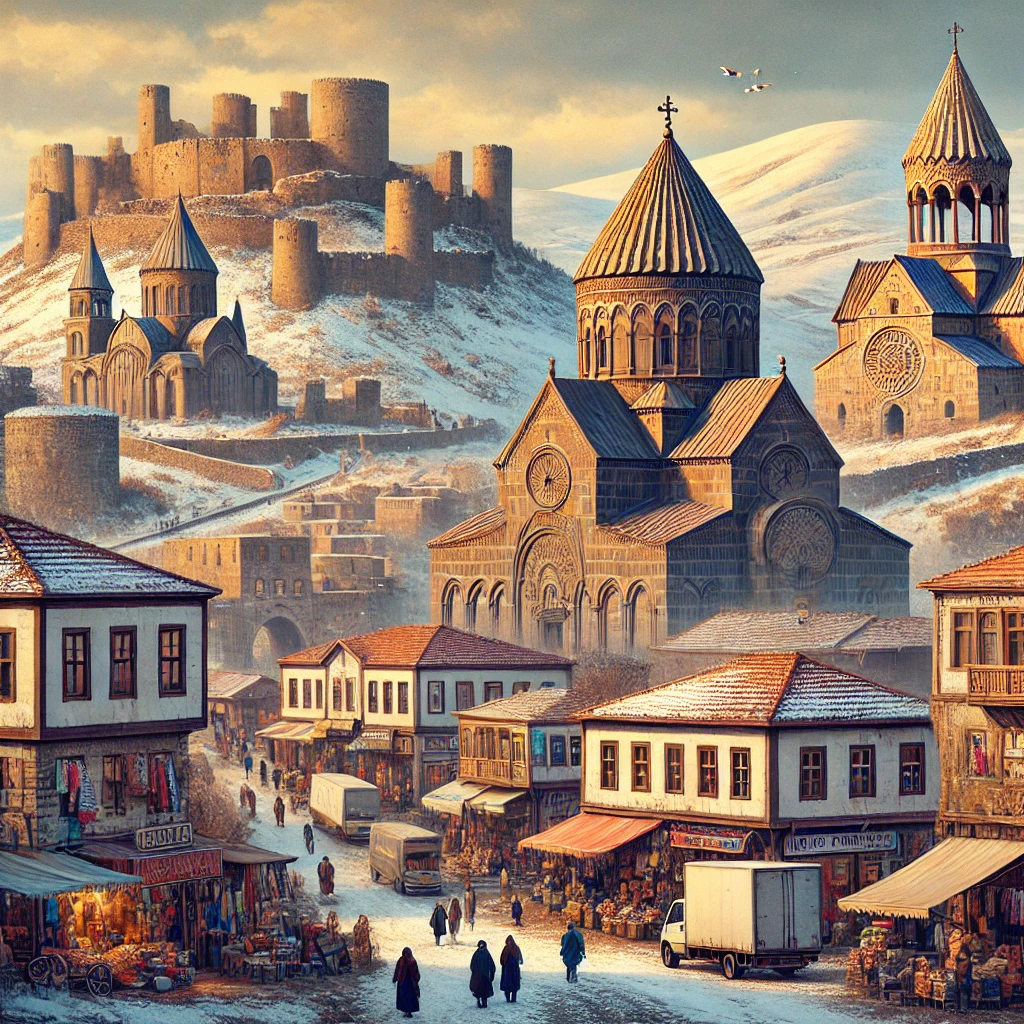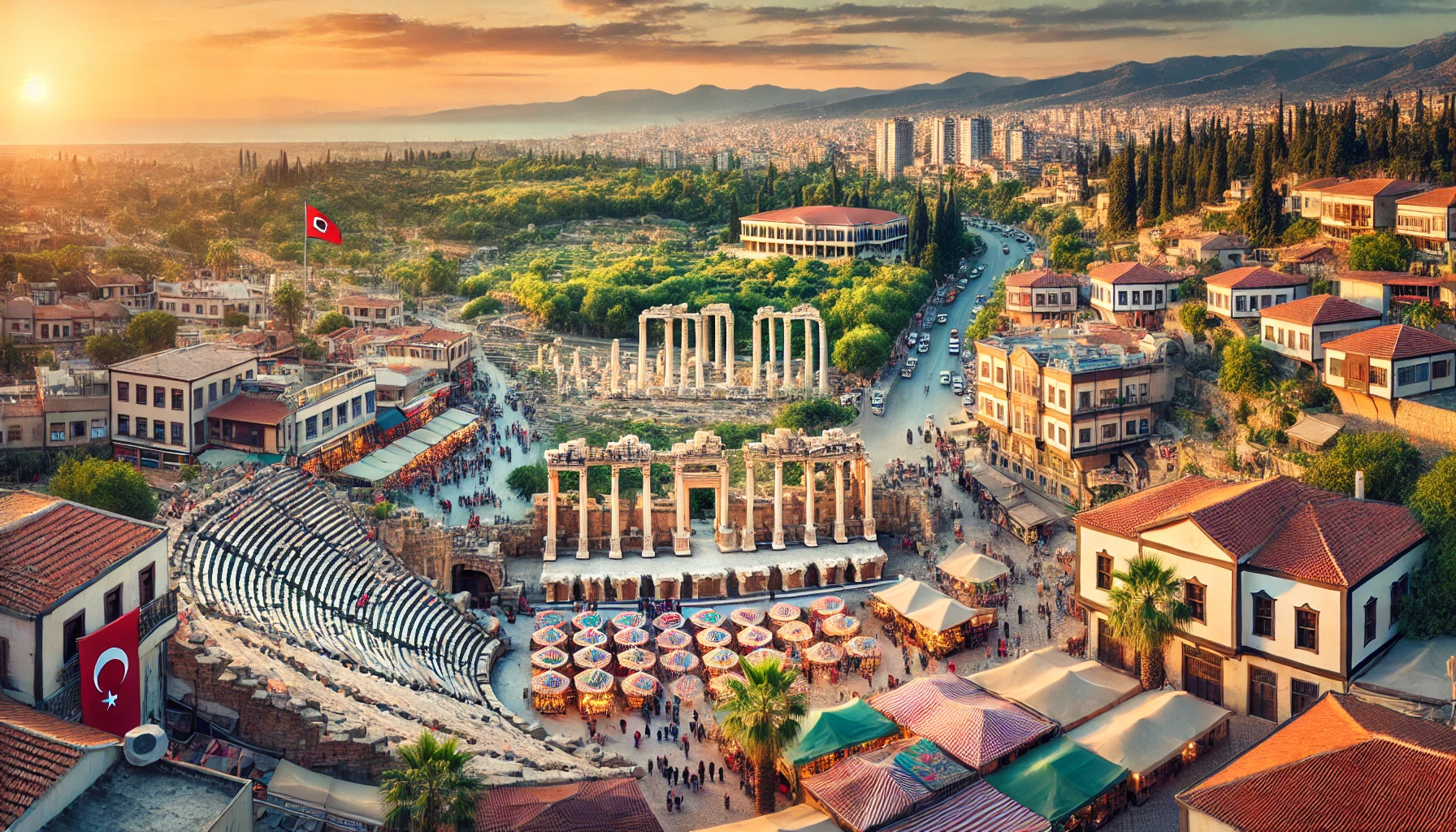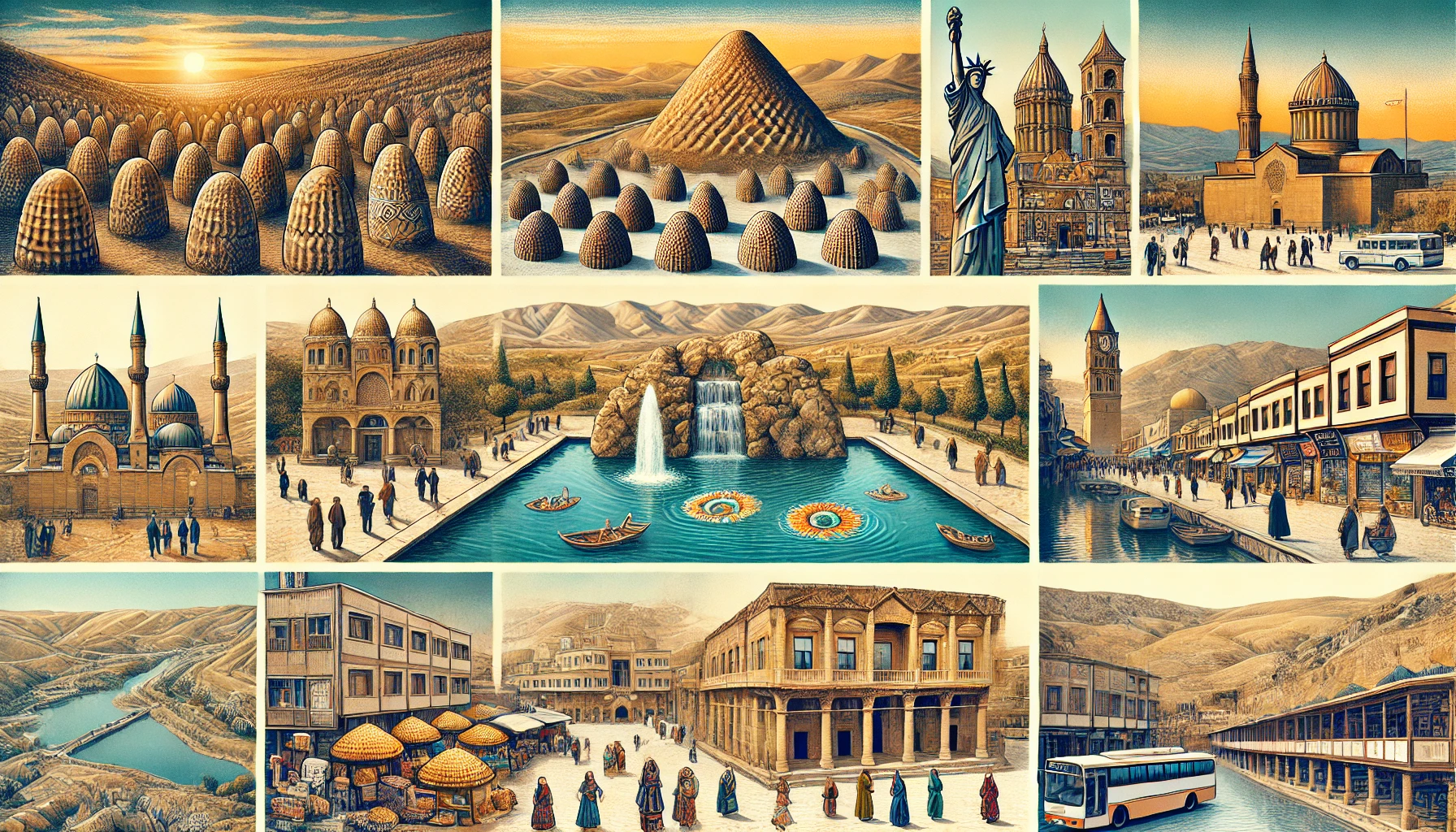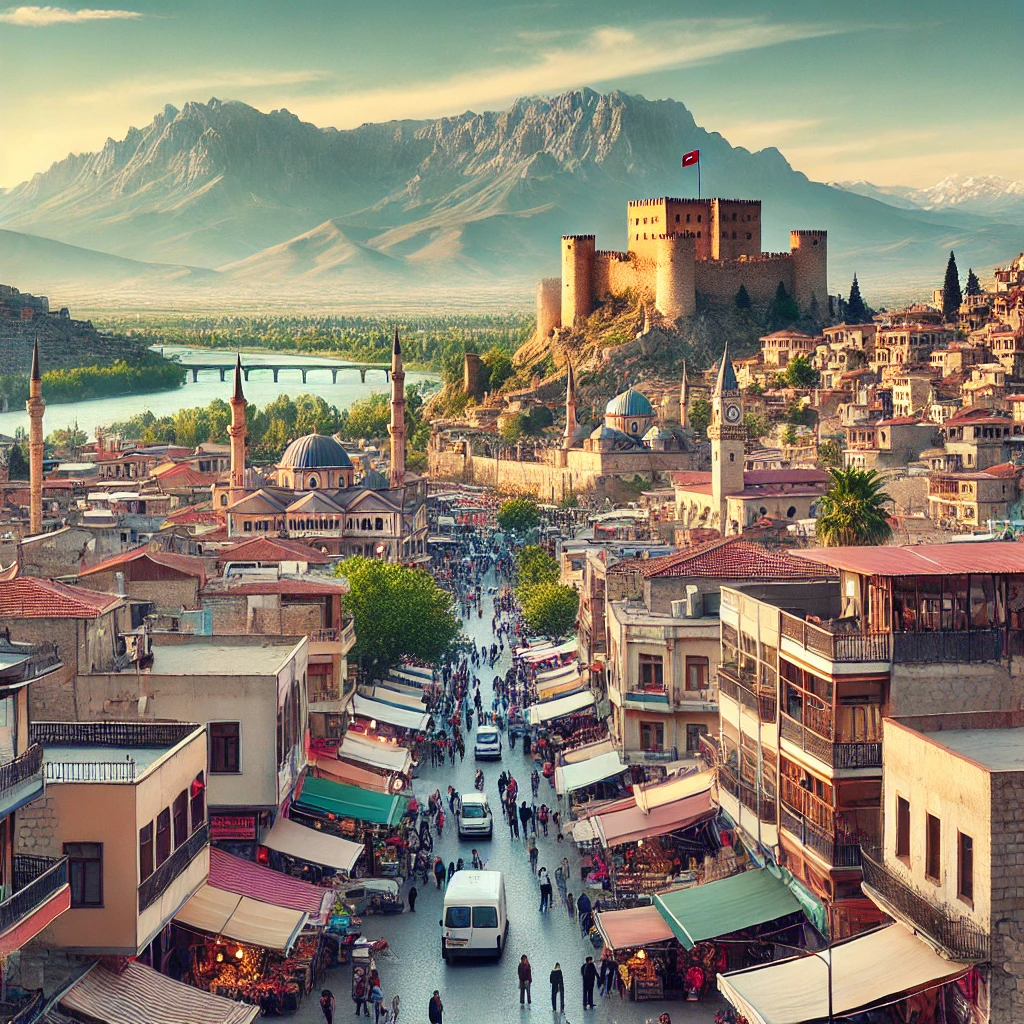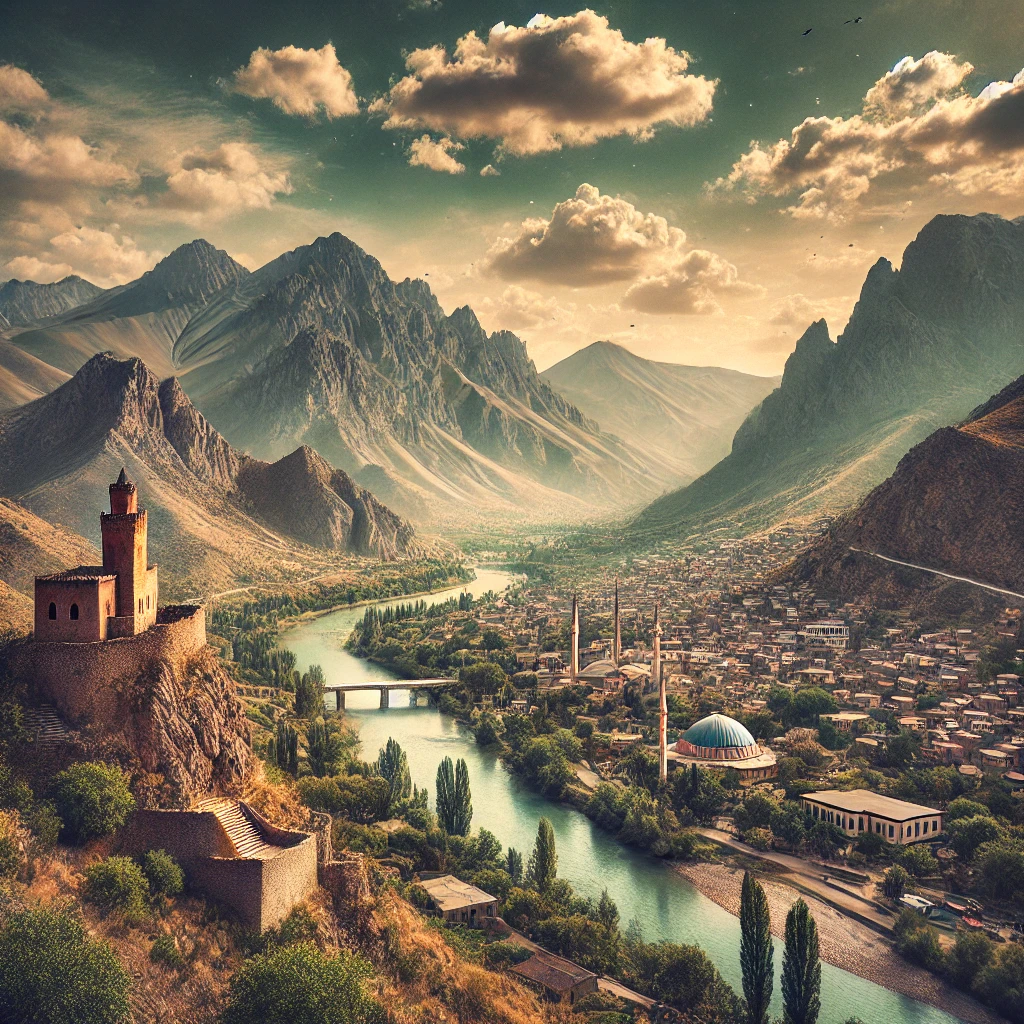Agora Open Air Museum, Izmir: A Journey Through Ancient History
The Agora Open Air Museum in Izmir, also known as the Agora of Smyrna, is a fascinating archaeological site that offers a glimpse into the ancient history of this vibrant city. Located in the Konak district of Izmir, the Agora was originally established in the 4th century BC and served as the state agora of the city. Rebuilt after a devastating earthquake in 178 AD with the support of Roman Emperor Marcus Aurelius, the Agora is now part of the UNESCO World Heritage Tentative List under “Izmir Historical Port City.” This article explores the rich history, architectural marvels, and cultural significance of the Agora Open Air Museum, making it a must-visit for travel enthusiasts.
The Historical Significance of the Agora Open Air Museum
The Origins and Development of the Agora
The history of the Agora Open Air Museum begins in the 4th century BC when it was established as the main public space in Smyrna, an ancient Greek city. It functioned as the political, commercial, and social heart of the city, playing a crucial role in the daily lives of its inhabitants. The Agora was designed as a large rectangular area surrounded by stoas (covered walkways) and other important buildings.
In 178 AD, a significant earthquake struck Smyrna, causing extensive damage to the Agora. Roman Emperor Marcus Aurelius funded its reconstruction, resulting in the impressive ruins that visitors see today. The reconstruction included the addition of Roman architectural elements, such as the Corinthian colonnade and monumental gates, enhancing the site’s grandeur.
Inclusion in the UNESCO World Heritage Tentative List
In 2020, the Agora of Smyrna was included in the UNESCO World Heritage Tentative List as part of “The Historical Port City of Izmir.” This recognition highlights the Agora’s historical and cultural importance, emphasizing its value as a well-preserved example of ancient urban planning and architecture.
Architectural Marvels of the Agora Open Air Museum
The Layout and Structures of the Agora
The architecture of the Agora Open Air Museum showcases a blend of Greek and Roman influences, reflecting the city’s rich cultural heritage. The site is organized around a central rectangular courtyard, which was originally surrounded by stoas and other public buildings.
Key architectural features of the Agora include:
- Faustina Gate: A monumental entrance gate named after the wife of Emperor Marcus Aurelius, featuring intricate carvings and inscriptions.
- North Stoa (Basilica): A large covered walkway that served as a marketplace and meeting area, adorned with impressive columns and arches.
- West Stoa: Another covered walkway that provided shelter and space for commercial activities.
Recent Discoveries and Features
Recent excavations at the Agora have revealed several fascinating features that shed light on the advanced engineering and social dynamics of the period:
- 2,000-year-old Water Trench: This functional water trench highlights the sophisticated infrastructure of ancient Smyrna, showcasing the city’s ability to manage water resources effectively.
- Graffiti on the Basilica Wall: Believed to be the world’s first crossword, this ancient graffiti offers a unique glimpse into the daily lives and intellectual pursuits of the Agora’s inhabitants.
- Evidence of Religious Coexistence: Excavations have uncovered candles featuring the Star of David, suggesting that Muslims, Christians, and Jews coexisted peacefully in ancient Smyrna.
Exploring the Agora Open Air Museum
Visiting the Agora: Practical Information
The Agora Open Air Museum is open to the public and offers a captivating experience for history enthusiasts and casual visitors alike. The site is easily accessible from the center of Izmir, making it a convenient destination for those exploring the city’s rich historical and cultural heritage.
Guided Tours and Educational Programs
Visitors can enhance their experience by joining guided tours that provide detailed insights into the history and significance of the Agora. Educational programs and workshops are also available, offering a deeper understanding of ancient Greek and Roman culture.
Key Highlights to Explore
When visiting the Agora Open Air Museum, be sure to explore these key highlights:
- Faustina Gate: Admire the intricate carvings and inscriptions on this monumental entrance gate.
- North Stoa (Basilica): Walk through the impressive columns and arches of this ancient marketplace.
- Graffiti on the Basilica Wall: Discover the world’s first crossword and other ancient graffiti.
- 2,000-year-old Water Trench: Marvel at the advanced engineering that kept ancient Smyrna functioning smoothly.
The Cultural Significance of the Agora Open Air Museum
A Hub of Ancient Society
The Agora of Smyrna was more than just a marketplace; it was the social and political heart of the city. It served as a gathering place for citizens to discuss politics, conduct business, and engage in social activities. The architectural layout and the variety of buildings within the Agora reflect its multifaceted role in ancient society.
A Testament to Roman Engineering
The reconstruction of the Agora by Emperor Marcus Aurelius after the earthquake in 178 AD is a testament to the advanced engineering and architectural skills of the Romans. The site’s well-preserved ruins offer a glimpse into the grandeur and sophistication of Roman urban planning, highlighting the empire’s influence on the region.
Religious and Cultural Diversity
Evidence uncovered during excavations suggests that the Agora was a place of religious and cultural diversity. The presence of artifacts related to different religions indicates that Smyrna was a cosmopolitan city where various communities coexisted peacefully. This aspect of the Agora’s history underscores the importance of tolerance and cultural exchange in ancient societies.
The Future of the Agora Open Air Museum
Ongoing Excavations and Research
The Agora Open Air Museum continues to be a focus of archaeological research and excavation. Ongoing projects aim to uncover more of the site’s hidden treasures, providing new insights into the history and culture of ancient Smyrna. These efforts ensure that the Agora remains a dynamic and evolving destination for visitors and scholars alike.
Preservation and Conservation Efforts
Preserving the Agora Open Air Museum for future generations is a priority for local authorities and international organizations. Conservation efforts focus on maintaining the structural integrity of the ruins and protecting them from environmental and human-induced damage. These initiatives are crucial for safeguarding the site’s historical and cultural significance.
Why the Agora Open Air Museum is a Must-Visit
A Window into Ancient History
Visiting the Agora Open Air Museum offers a unique opportunity to step back in time and experience the daily life of an ancient city. The well-preserved ruins and recent discoveries provide a vivid picture of Smyrna’s past, making it an invaluable destination for history enthusiasts.
Perfect for Travel Enthusiasts
For travel enthusiasts, the Agora Open Air Museum is a must-visit destination in Izmir. Its rich history, impressive architecture, and cultural significance make it a fascinating place to explore. Whether you are a seasoned traveler or a casual visitor, the Agora offers a captivating journey through time.
Conclusion
In conclusion, the Agora Open Air Museum in Izmir is a remarkable site that captures the essence of ancient Greek and Roman urban life. Its historical significance, architectural beauty, and cultural diversity make it a must-visit for anyone traveling to Turkey. As you explore the Agora, you will gain a deeper appreciation for the rich history and heritage of Izmir.
For more information about traveling to Turkey and discovering its many wonders, visit visitturkey.in. The Agora Open Air Museum is just one of the many incredible destinations that await you in this beautiful country. Travel Turkey and create unforgettable memories in this enchanting city.
Latest Update: Aug 5, 2024
Your Content Goes Here
TAGS: Agora of Smyrna, Agora Open Air Museum, ancient history, archaeological site, basilica, Corinthian colonnade, cultural significance, explore Izmir, Faustina Gate, Greek architecture, Izmir, Konak district, North Stoa, Roman architecture, Roman Emperor Marcus Aurelius, travel enthusiasts, travel Turkey, UNESCO World Heritage
A brief summary of the key points in this article.
Latest Travel Guides
Weather Today in Agora Open Air Museum, Izmir, Turkey
Location: İzmir
Temperature: 7.4°C
Condition: Clear sky

